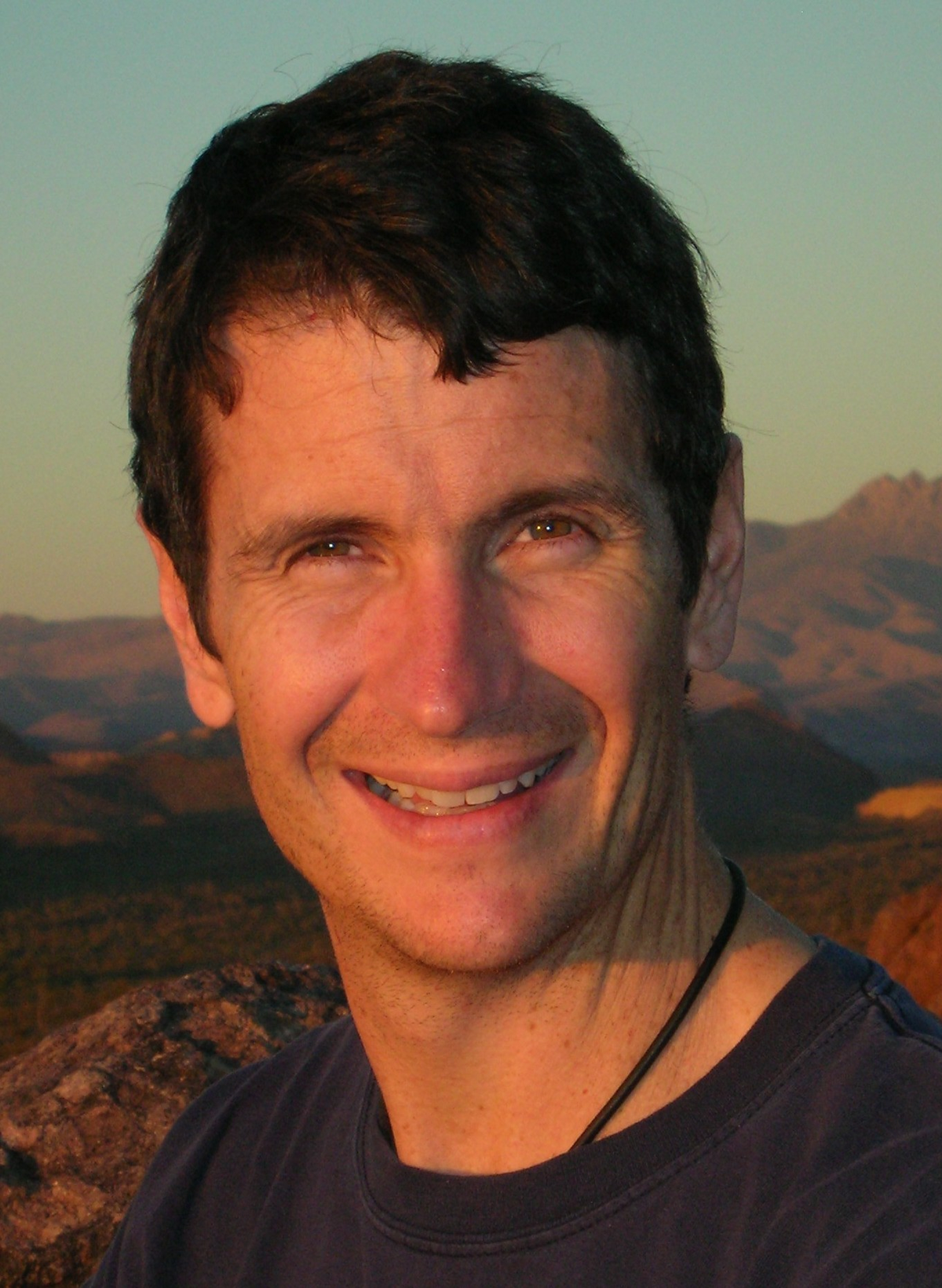Analytic Features
In-Site Software allows for the simulation of how decisions will get made with different levels of citizen power. It simulates the complexity of infrastructure siting by fusing GIS data for a specific locale with an agent-based model of citizen attitude and behavior diffusion, and spatial bargaining models of stakeholder and regulatory decision-making.
GIS Data-Driven
Geographic Information Systems (GIS) focuses on geographic data and relationships. It allows for accurate spatial data and analysis, including the use of satellite imagery.
Agent-Based Modeling
Agent-Based Models (ABMs) are a type of computational models that allow for simulating complex situations. ABMs are able to generate emerging phenomena, that is, generate events that could not be previously anticipated. In short, ABMs allow for processes to be greater than the sum of their parts.
Spatial Econometric Modeling
Many of the common statistical analysis tools that are used today, are not equipped to take into account the spatial nature that the process of energy infrastructure siting possesses. This means that techniques, such as multivariate regression, have to be modified in order to yield more accurate predictions. In short, the econometrics have to be spatial.
Monte Carlo Simulation Modeling
Tracing its modern origins to the Manhattan Project, Monte Carlo simulations allow for data generation based on the generation of a series of random samples. Monte Carlo simulations are a powerful tool for complementing and extending existing data.
Turing Test Validation
Turing Tests are modeled after Alan Turing’s famous 1950 paper which contained the idea of testing machines by using the “Imitation Game.” The object of the Imitation Game was to see if a person, by asking a series of questions, could ascertain if it was a person or a computer that was answering the questions. For validating an agent-based model, this test relies on experts in the system’s workings to examine the output of the model with the output of a real world infrastructure-siting case, to see if said expert can distinguish the simulation from the real world events. The experts’ responses can then be statistically tested.
Historical Project Case Study
The software is back-tested against historical projects in Southern California. The most prominent case is the Tehachapi Renewable Transmissions Project (TRTP), which was a benchmark test for the software model. The extensive analysis of this project provided vital insights into the validation process. The continual development of energy infrastructure projects, not just in Southern California, but around the world, provides a constant stream of data for continuously validating the software. Therefore, the software is never in danger of getting outdated.
Latest Research
Spatial Validation of Agent-Based Models
Spatial Validation of Agent-Based Models This paper adapts an existing techno–social agent-based model (ABM) in order to develop a new framework for spatially validating ABMs. The ABM simulates citizen opposition to locally unwanted [...]
Communities of Place vs. Communities of Interest in the United States
Communities of place vs communities of interest in the United States: Citizen information and locally unwanted land uses in EIA The 50th anniversary of NEPA marks a pivotal shift in Environmental Impact Assessment [...]
Half-Length and the FACT Framework
Half-Length and the FACT framework: Distance-decay and citizen opposition to energy facilities Despite a global push for clean energy to combat climate change, air pollution, and energy insecurity, a frustrating obstacle emerges: citizen [...]
Who We Are
We are committed to providing best-in-class software to reduce energy infrastructure siting conflicts and improve social and economic outcomes. We believe all this is possible through advanced analytics.
Research has indicated that, despite all the money spent on assessing the engineering aspects of major infrastructure projects, citizen participation and political power are more important to stakeholder bargaining outcomes than the level of local disruption that a project causes.
Spatially explicit multi-agent simulations can be used to simulate two scenarios and make some inferences regarding environmental justice (EJ) concerns over the siting of locally unwanted land use (LULU) facilities.
Integrating geo-spatial data generated by geographic information systems (GIS) with agent-based modeling (ABM) techniques opens up new vistas for theoretical research and especially for applied analysis. This is particularly the case when the interactions of agents in an ABM, and subsequent emergent behaviors, are conditioned by properties that vary by location.
In – Site software allows for the simulation of how decisions will get made with different levels of citizen power. It simulates the complexity of infrastructure siting by fusing GIS data for a specific locale with an agent-based model of citizen attitude and behavior diffusion, and spatial bargaining models of stakeholder and regulatory decision-making. For the analyst or researcher, GIS-ABM models can improve the empirical validity of explanations and provide decision support to policy makers.
Meet Our Team
Hal T. Nelson
Chief Executive Officer | Co-Founder
Hal Nelson, is an assistant professor in the Department of Public Administration at Portland State University. Prior to this appointment, Dr. Nelson worked as a professor at Claremont Graduate University for 10 years, where he was honored as a Lincoln Land Fellow.
Dr. Nelson’s current research has received funding from the National Science Foundations, as well as the John Randolph Haynes Foundation. Dr. Nelson has publications appearing in Energy Policy, The Journal of Artificial Societies and Social Simulation, Land Use Policy, Journal of Public Policy, The Journal of Policy Studies, The Journal of Environment and Development, The Journal of Environmental Planning and Management, and other peer-reviewed journals.
Dr. Nelson holds a PhD in Public Administration and Policy from Portland State University, with an emphasis in international institutions and energy policy.

Mark Abdollahian
Chief Innovation Officer | Co-Founder
As Chief Innovation Officer, Dr. Abdollahian focuses on designing and delivering advanced analytics for data driven decision-making. His global experience spans national policy, corporate strategy, economic development, finance, public-private partnerships, M&A and business process reengineering. He creates, architects and implements enterprise class data and strategy analytics used by the US Government, the World Bank and the United Nations as well as private sector companies worldwide. Dr. Abdollahian is author of dozens of articles and two books on data driven strategy across business, politics and economics, lectures to audiences worldwide and a board member for several private and nonprofit enterprises.
In 1997, he designed the BAE-GEC Marconi merger strategy, creating the second largest defense company in the world. Since 2000, he has advised the World Bank on country assistance strategies, loan conditionality and program design across Africa and Asia. In 2005, the US Government selected Dr. Abdollahian’s software, Senturion™, as the world’s premier strategy capability. Since 2005, he has been awarded multiple DARPA and US Government contracts on delivering next generation innovations today on human, social and economic behavioral modeling. In 2010, he teamed with Edison International on fusing political, social and geophysical modeling for sustainable energy siting. In 2011, he was selected CEO of Beijing Ilinoi Investment Group, for a management reorganization to position the enterprise for IPO in 2013.
Dr. Abdollahian is also a cofounder of Sentia Group, TransResearch Consortium and Clinical Professor at the School of Politics and Economics, Claremont Graduate University. In addition to Bachelors degrees from Case Western Reserve University, Dr. Abdollahian holds a M.A. in Foreign and Defense Policy and a Ph.D. in Political Economy and Mathematical Modeling from Claremont Graduate University.

Zining Yang
Innovation Manager
As Innovation Manager, Dr. Zining Yang focuses on aiding clients with complex strategic business, financial and political problems through the application of data-driven and robust quantitative methods and computational models spanning international political economy, finance and regulatory policy.
Dr. Yang has numerous publications in the fields of agent based modeling, network analysis, complex adaptive systems and econometrics. Before joining In-Site Software, she served on National People’s Congress Environment Protection and Resources Conservation Committee as well as China Metallurgical Standardization Research Institute. She also worked on a sustainable energy siting project funded by Southern California Edison. Previously she was a Senior Analyst at Sentia Group, focusing on political risk analysis for the private sector.
Dr. Yang is also a Quality Control Expert at China National Knowledge Infrastructure, Research Associate at TransResearch Consortium and Adjunct Professor at La Sierra University. In addition to B.A. in International Politics from Beijing International Studies University, she holds a M.A. in International Studies and a Ph.D. in Political Science & Computational Mathematical Modeling from Claremont Graduate University.

Kristoffer Wikstrom
Data Scientist
As a Data Scientist, Dr. Wikstrom oversees the development of the agent-based models, as well as various analytical and structural tasks. This includes supervising and directing the coding team, as well as verifying, and validating, algorithms and models. Dr. Wikstrom is also involved in the collection of the historical data used to validate the software.
In addition to his work at In – Site, Dr. Wikstrom has a Ph.D from Claremont Graduate University, and holds a Master of Public Policy and Administration degree from California Lutheran University. He has received the Haynes Lindley Doctoral Dissertation Fellowship, as well as the Claremont Graduate University Transdisciplinary Dissertation award.
His research rests at the intersection of computation modeling, social sustainability, advanced analytics and public policy.





